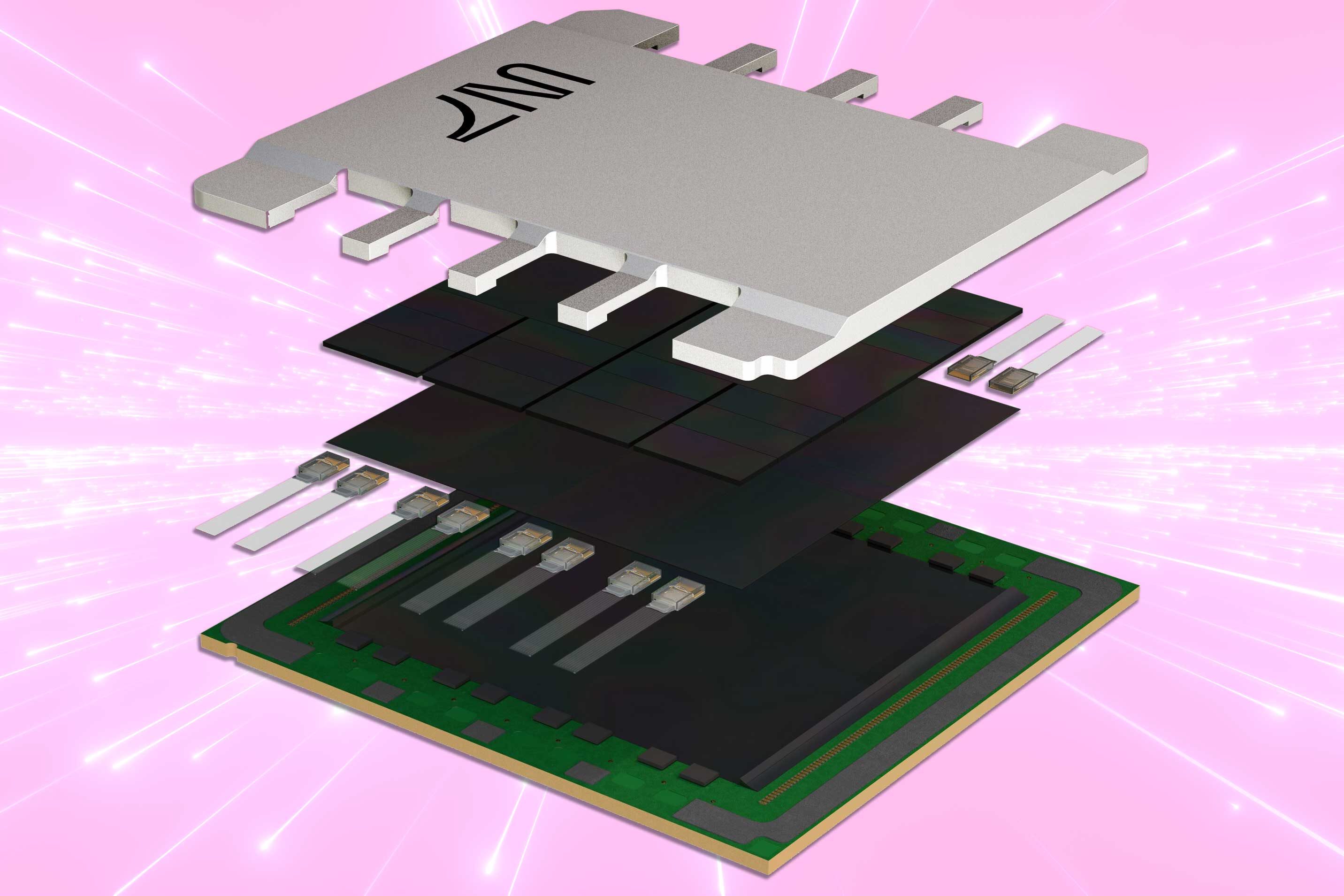Withdrawing approximately $300,000 from my IRA to help her pay for the addition would cause us to owe a huge tax bill. My house would probably sell for around $650,000, but my daughter and her family are living with us until their house is done.
My plan is to get a mortgage on our current home to help them pay for the addition and pay the loan off when I sell our house. I estimate it will take a year to complete their addition before we can all move into the home.
Do you have any recommendations on which type of loan to pursue? Can my daughter take out a second mortgage to assist her with financing the home? In any case, I would pay off the loan or mortgage when I sell my house.
A: Here’s the good news: You’ve got a number of options to move forward.
That said, we’re glad you’ve eliminated the first: withdrawing funds from your IRA. As you correctly note, withdrawing that much money from a tax-deferred account would likely trigger a big tax bill. You’d have to pay income tax on those funds. And $300,000 is a large enough amount that it would probably push you into a higher tax bracket. Also, you didn’t mention your age, but if you are under 59 1/2, you might owe penalties on top of the taxes.
There are other ways to finance this renovation.
First, as long as your home is not currently listed for sale, you can do a cash-out refinance of your property. Lenders should allow you to borrow up to 70 percent or even 80 percent of the value of your home today. If your home is worth $650,000, 70 percent of that would allow you to net $455,000 in cash.
Interest rates are a lot higher today than they were a year ago, so this move will cost you. As we write this, you’d pay around 5 percent for a $455,000 30-year fixed-rate refinance mortgage. You could expect to pay 1.5 percent in upfront fees, and the monthly payment would be around $2,400. These numbers assume that your credit scores are at least 740. Note that some lenders will require you to have a 760 credit score, or higher, to access their best programs.
You could also consider a home equity line of credit. While you won’t get as much money from a home equity line of credit, the closing costs on this type of loan are significantly lower than on permanent mortgages. You would need to weigh the higher interest rate on a home equity line of credit vs. the closing costs on a cash-out mortgage on your home.
Since you plan to pay off the loan in a year, the overall cost would be limited, and far less than the tax bill associated with liquidating an IRA.
Your daughter could also do a cash-out refinance. But if she has a solid interest rate, she may be better off taking out a home equity loan or line of credit. Currently, fewer lenders offer home equity lines of credit (HELOCs). Interest rates on HELOCs are higher than for fixed-rate mortgages, so she might have to pay over 5 percent interest (or even as much as 7 percent) on whatever funds she borrows.
When it comes to home improvement projects, Sam’s favorite question is “What’s the budget?” If you can cover the amount with a cash-out refinance on your existing home, making sure you’ve set aside enough to cover the cost of the funds, this might be the best move. You can then, as you indicated, pay off the mortgage when you sell your home. You’ll pocket whatever is left after closing costs and fees.
The elephant in the room is whether you and your husband plan to “buy into” your daughter’s home. You’re going to sell your house and move into hers. But, if she sells it, your cash is tied up with that property. Do you get your cash back? What if the improvements double the value of the home? Will you get double your money?
There are other scenarios that bring up the same issue. What happens if your daughter unexpectedly dies before you? What if she has children or a spouse who dislikes you and they don’t allow you to live in the property going forward? What if you or your husband face an unexpected medical issue and you need some of the cash you invested in the renovation?
You and your daughter should talk about ownership of the property going forward and whether that should be shared. If you have more than sufficient funds for the rest of your life, then the conversation is a bit different. But often parents invest funds in their children’s homes and then can’t get at that money if the need arises.
Once you and your daughter have talked through these issues, you can consult with an estate attorney who can make recommendations as to how you might resolve some of the lingering issues surrounding ownership of the property. Options might include placing the property in a trust and naming you, your daughter and your spouse as beneficiaries. Or, you and your spouse might get a life estate. There are other options as well, and each comes with a variety of pros and cons to sort through.
Ilyce Glink is the author of “100 Questions Every First-Time Home Buyer Should Ask” (Fourth Edition). She is also the chief executive of Best Money Moves, an app that employers provide to employees to measure and dial down financial stress. Samuel J. Tamkin is a Chicago-based real estate attorney. Contact them through the website, BestMoneyMoves.com.







:max_bytes(150000):strip_icc():focal(658x427:660x429)/home-improvement-then-now-022224-1-a2c6349af19b43358e4ab0a76c3a9cf5.jpg)


